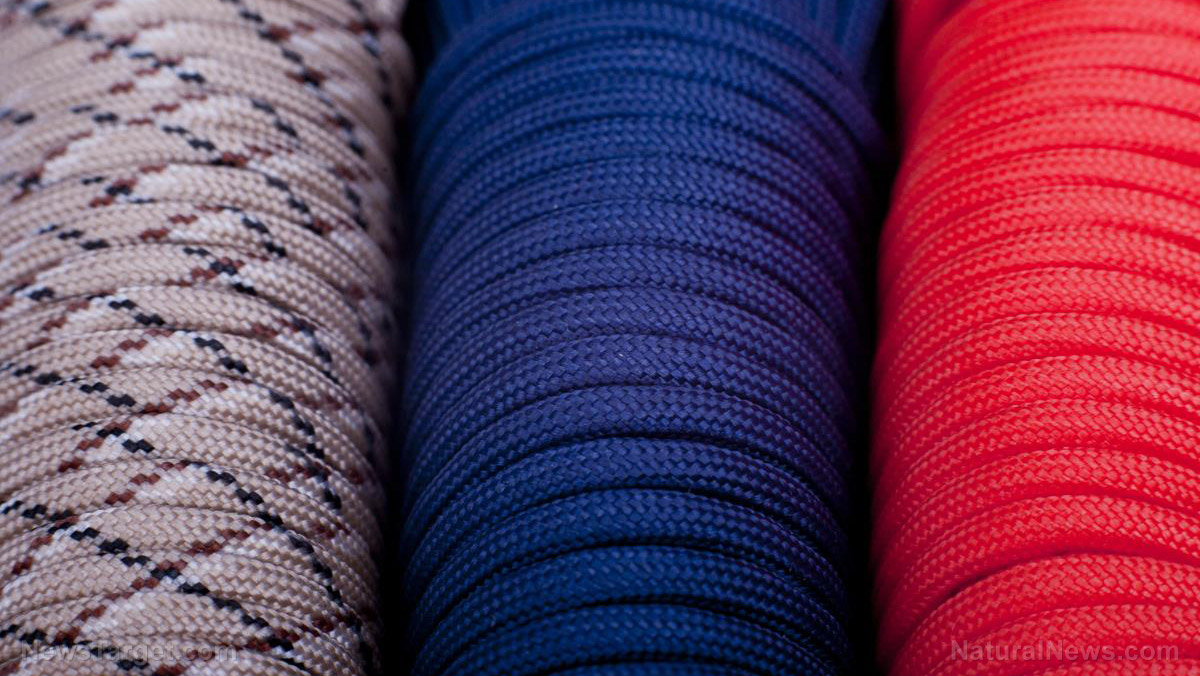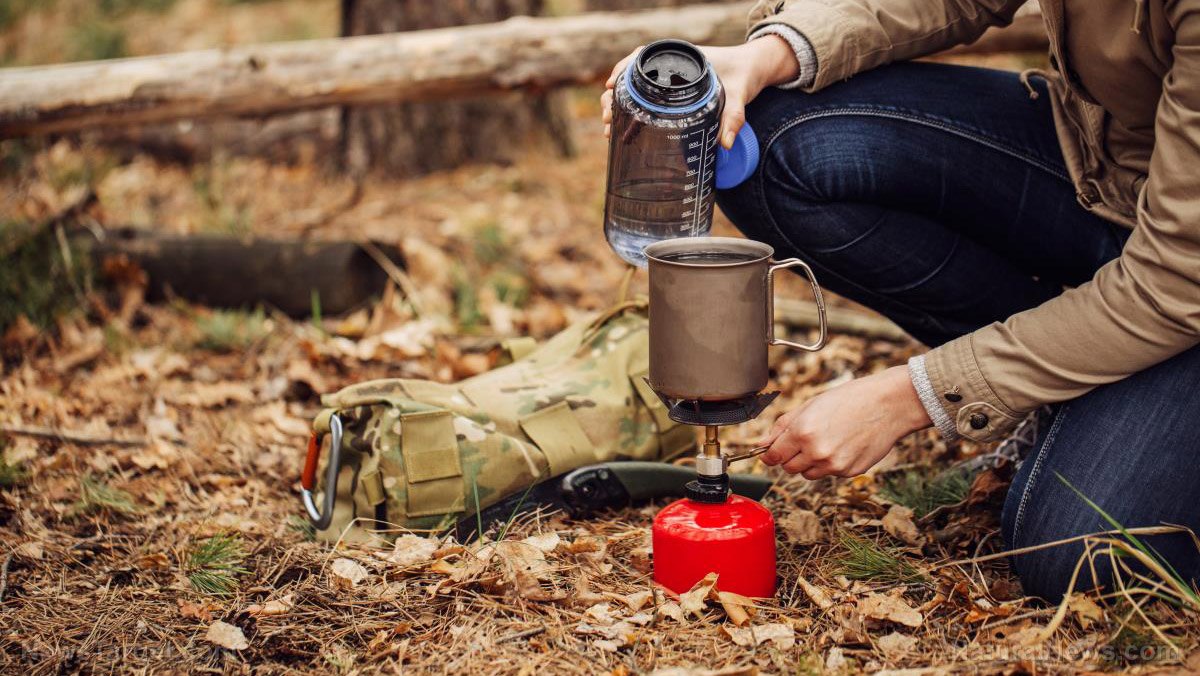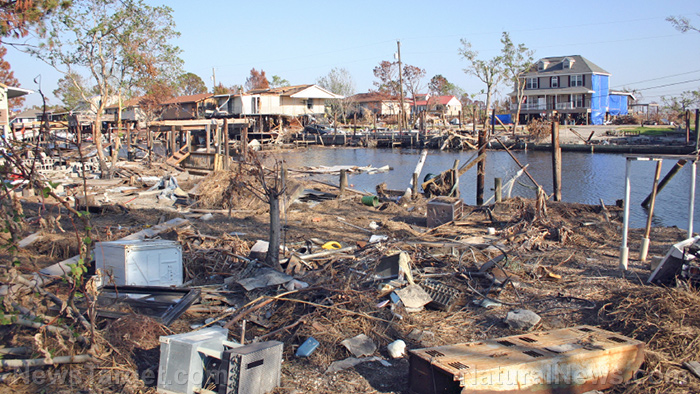No fly zone: A look at bug repellant clothing
01/21/2018 / By Earl Garcia

Insect bites and stings affect thousand of people across the United States each year, according to an article posted on the Medscape website. The article cited a report released by the American Association of Poison Control Centers (AAPCC), which revealed that up to 28,087 people have had single exposure to insects in 2015 alone. The report added that approximately 1,400 of cases led to moderate reactions, while less than 45 cases developed major reactions.
The experts explained that a moderate reaction is classified through signs or symptoms that were more pronounced or systemic, while a major reaction is characterized by conditions that were life-threatening or were known to result in significant residual disability. However, the article stressed that the statistics shown in the AAPCC report were only the cases reported to American poison centers. The article added that the actual numbers may even be higher. The AAPCC 2015 Annual Report listed the cases of single-incident exposures for insects. The list revealed that:
-
Ant or fire ant bites accounted for 611 total insect exposures, 35 of which were of moderate nature.
-
Bee, wasp, or hornet stings accounted for 3,401 total insect exposures, 222 of which were moderate, while 20 were labeled major. The report noted one case of death related to the insect stings.
-
Mosquito bites accounted for 93 total insect exposures, two of which were labeled moderate.
-
Other insect bites and/or stings accounted for 5,509 total insect exposures, 334 of which were moderate, and seven of which were major.
Insect repellent clothing may help keep insects at bay
The growing incidence of insect exposure across the country further highlighted the importance of wearing protective clothing that may repel potentially fatal insects. In line with this, the clothing firm Duluth Trading Company recently launched its line of “No Fly Zone” clothing apparel for men and women.
A report published on the Gear Institute website stated that while the collection was similar to those currently available in the market, Duluth’s No Fly Zone line was rugged in design and was touted to last up to 70 washes for each garment. The company’s collection includes the following products: (Related: Natural Treatment and Home Remedies Relieve Insect Stings and Bites.)
- Men’s DuluthFlex No Fly Zone Convertible Pants — The apparel was made from a 3.4 oz nylon/spandex blend, and featured a gusseted crotch and a button waist with flexible sides. A completely odorless barrier keeps the insects away, the company touted
- No Fly Zone Insect Repellent Crew Socks — The crew socks were made from a blend of marino wool, nylon, and spandex, and were designed to stave off flying vampire bugs and ticks that commonly target the ankles and the feet.
- No Fly Zone Insect Repellent Hat — “[The hat is] an invisible, odorless fabric treatment and head off hordes of ticks, mosquitoes, ants, chiggers, flies, and midges for up to 70 washes. This hat handles heat too, thanks to lightweight fabric, a soft wicking sweat band, and a ring of airflow-maximizing mesh. Block UV rays with built-in UPF 50 or un-tuck the neck cape for extra coverage. The right fit is a cinch with a locking chin cord and adjustable crown bungee. Plus, it’s even got a loop for your ponytail,” the product description read.
- Women’s No Fly Zone Insect Repellent Funnel Neck Hoodie — According to the company, the apparel is the perfect getup for a summer stroll as the hood provides added protection against insects.
- No Fly Zone Insect Repelling Wrap — “[The wrap] is built with our invisible, odorless No Fly Zone technology. Best of all, there’s seven snaps on the side so you can adjust the size to make it a scarf, or use it to cover your legs at a picnic. Bugs hate it, but you’ll love it!” the product description said.
Follow more news on outdoor gear at GEAR.news.
Sources include:
Tagged Under: clothing, insect, insect bite, insect repellent, insect sting, repellent clothing
RECENT NEWS & ARTICLES
COPYRIGHT © 2017 OFFGRID NEWS




















